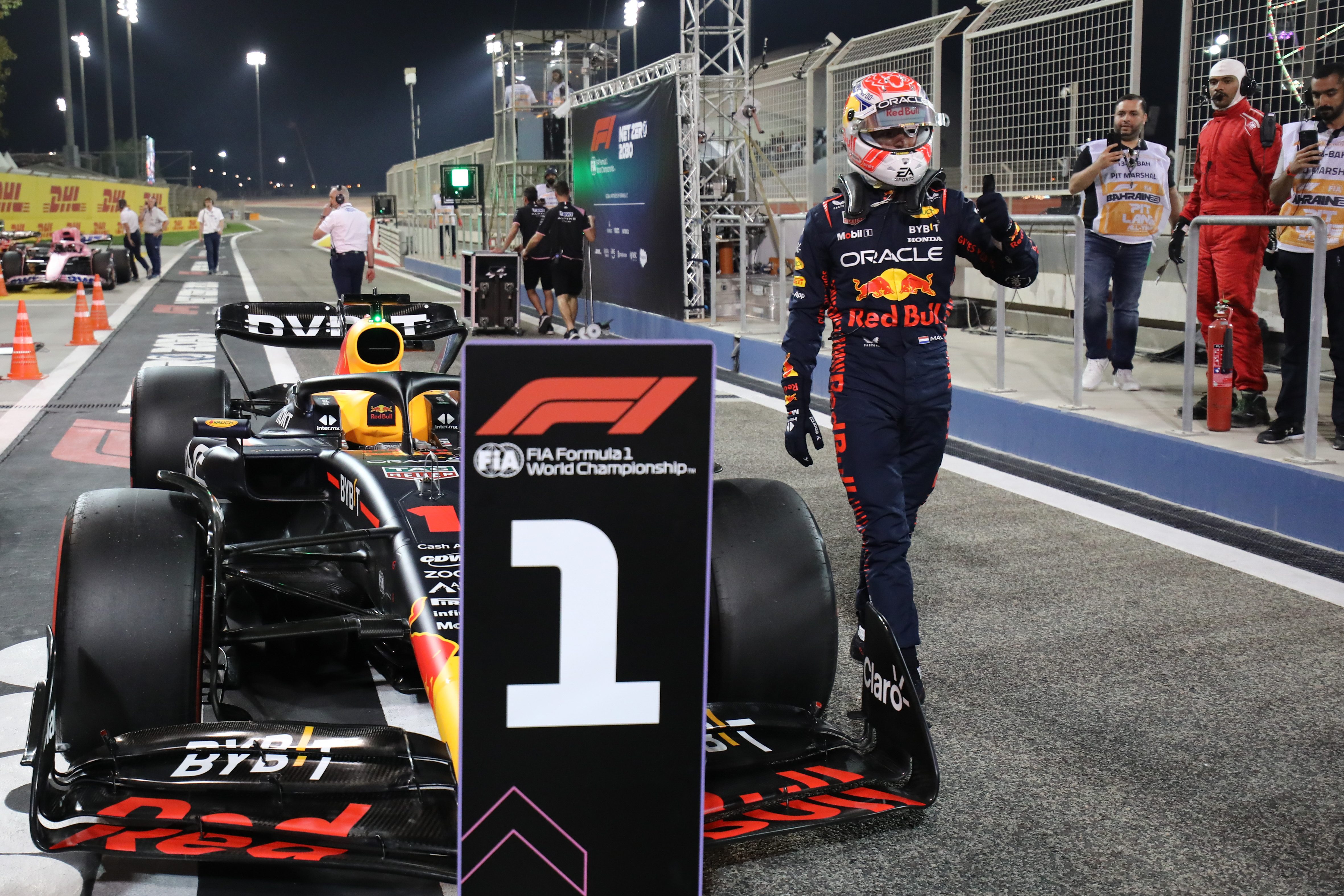Okay, so, let’s talk about how qualifying works in F1. I’ve been a huge fan of Formula 1 for years, and one of the things that always gets me pumped is the qualifying sessions. It’s like a mini-race before the actual race, and it determines who starts where on the grid. I wanted to really understand how it all goes down, so I did a deep dive and here’s what I found out.
Getting Started With Qualifying
First off, qualifying happens on the Saturday before the race on Sunday. It’s split into three parts: Q1, Q2, and Q3. Think of it as a knockout system. Each part is shorter than the last, and after each, the slowest cars are eliminated.
Diving Into Q1
So, Q1 kicks things off. It lasts for 18 minutes. All 20 cars hit the track, trying to set their fastest lap times. When time is up, the five slowest cars are knocked out. They’ll fill the last five spots on the grid, from 16th to 20th, based on their best lap times. But the thing is, they have to have set a lap time within 107% of the fastest time in Q1 to be allowed to race. It’s a rule to make sure everyone’s competitive.

Moving to Q2
Then we move to Q2. This part is 15 minutes long. Now, only 15 cars are left. They all go out again to set fast laps. When this session ends, the five slowest cars are eliminated again, taking up positions 11 through 15 on the starting grid. The top 10 move on to the final round.
The Final Showdown: Q3
Q3 is where the real action is. It’s just 12 minutes. The remaining 10 cars battle it out for the top 10 spots on the grid. The driver with the fastest lap gets pole position. This is a huge deal because starting from pole gives you a big advantage in the race. This session is where you see drivers pushing their cars to the absolute limit, trying to squeeze out every last bit of performance.
What I Learned
-
Timing is Everything: Drivers and teams have to be really smart about when they go out on track. They want to avoid traffic and find the best track conditions, which can change a lot during the session.
-
Tire Strategy: Tires play a huge role. Teams have to decide which tires to use in each session. Sometimes they’ll use a set of tires in one session and save another set for later. It’s all about strategy.
-
Risk vs. Reward: Drivers have to balance between pushing hard to get a fast lap and not making mistakes that could ruin their chances. One small error can mean starting way back on the grid.
Wrapping Up
After going through all this, I have a whole new level of respect for F1 drivers and teams. Qualifying isn’t just about driving fast; it’s a complex game of strategy, timing, and skill. Next time you watch an F1 qualifying session, you’ll see it’s way more than just cars going around a track. It’s a thrilling part of the whole race weekend, and understanding how it works makes it even more exciting. I am very happy that I did this and learned so much!






















